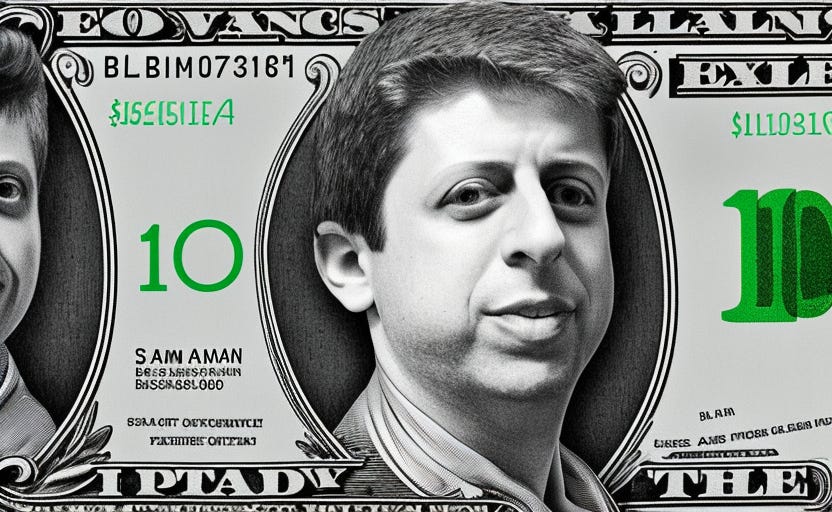GPTZero Goes Viral, NYC Education Department Blocks ChatGPT, Microsoft Plans To Add ChatGPT To Apps
Here are the week's top stories about artificial intelligence

With one exception, this week’s top stories are all related to OpenAI, the makers of ChatGPT.
ChatGPT’s OpenAI is in discussions to double its 2021 valuation, according to a report from the WSJ on Jan. 5. The deal may include at least $300M in shares sales, structured as a tender offer, where investors buy shares from existing holders. The New York Times also reported Jan. 7 on the “new gold rush” of investment in the space, citing Jasper, Stability AI, and a number of other smaller projects that “have been inundated with investor interest.”
The Information reported this week on discussions underway at Microsoft about adding OpenAI to Bing search, and its family of apps “so customers can automatically generate text using simple prompts.” One source cited in the Jan. 7 article said that researchers and engineers have been working for more than a year on adding machine-learning models to customers’ private data. Microsoft disclosed in July 2019 that it invested $1 billion in OpenAI.
GPTZero, made by a Princeton student to detect if an essay was written by a human or bot, goes viral
Business Insider reported on Jan. 7 about a 22-year-old senior at Princeton, who created an app to tell if an essay was written by a human or by OpenAI’s ChatGPT. GPTZero scores text on its “perplexity and burstiness.” The app was currently down on Jan. 7 at 1 p.m. PST, likely due to an influx of traffic.

A NYC education department spokesperson cites “negative impacts on student learning, and concerns regarding the safety and accuracy of content” related to ChatGPT. “Individual schools can still request access to the site if they’re planning to study the technology behind the chatbot, a department spokesperson said.”
Techcrunch reported on the top AI products at CES 2023, including a bird-friendly feeder, a self-driving stroller, and a pepper-picking robot. See the latest developments from CES’s dedicated artificial intelligence page here.



